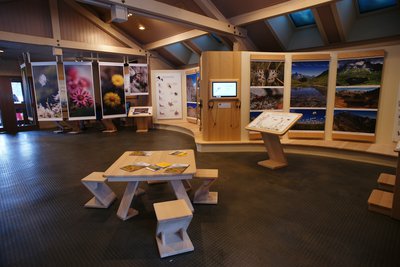Lac de Pormenaz: an oasis of biodiversity
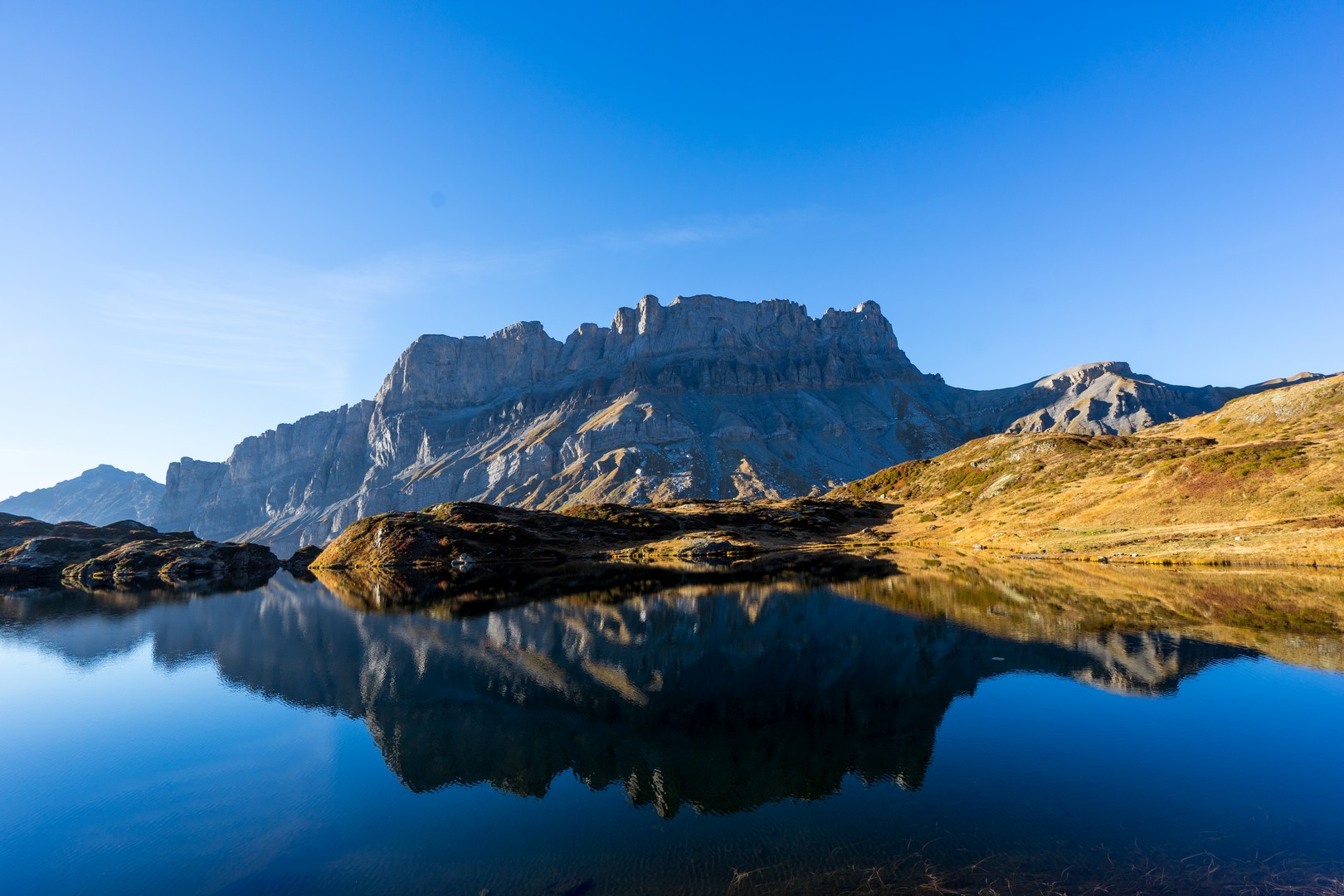
Passy
Lac de Pormenaz: an oasis of biodiversity
Medium
5h30
15,7km
+896m
-896m
Embed this item to access it offline
You'll be surely tempted to discover a lake of changing colours, with an island in the middle, and rhododendrons in bloom on its sloping shores during the summer months. On your way there, you'll be captivated by the view of Mont Blanc. At the lake and on your way back, you will be able to admire the Rochers des Fiz and the Aravis massif.
Attachment
- Downloadpdf
lac-de-pormenaz-un-ecrin-de-biodiversite
Credit: Points d'intérêts du parcours
22 points of interest
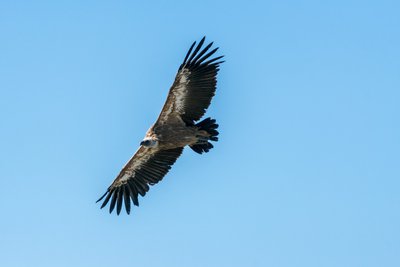
Vautour fauve en vol - Julien Heuret - CEN 74  Fauna
FaunaThe Griffon Vulture
It is a frequent summer visitor to Haute-Savoie. The species is monogamous, in other words couples stay together for life! This bird lives in colonies of relatively big colonies, the nearest of which are in the southern Vercors. It is mainly the young individuals that explore new territories. To feed, this bird is also capable of covering hundreds of kilometres by gliding, provided the weather conditions are favourable.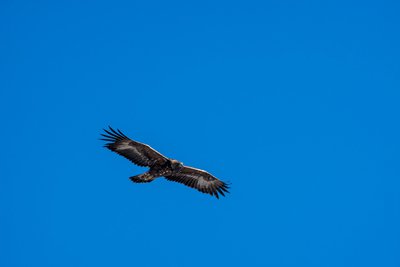
Aigle royal en vol - Julien Heuret - CEN 74  Fauna
FaunaThe Golden Eagle
It's a predator, armed for the hunt! Thanks to its large, wide wings, it glides high into the sky in search of prey. Its exceptional eyesight spots marmots (its favourite meal), hares, foxes or ptarmigan, and sometimes even young chamois or ibex! Its prominent eyebrow arch acts as a sun shield when it swoops down to snatch its prey. It is equipped with talons for grabbing and a powerful, hooked sharp beak for tearing flesh.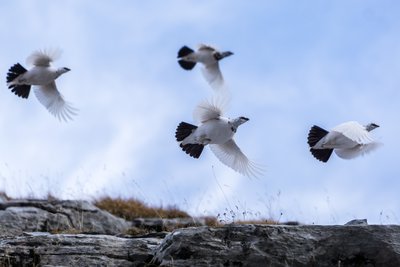
@JulienHeuret  Fauna
FaunaThe rock ptarmigan
This species, gifted with an exceptional ability of mimicry, is able to alter its plumage between the summer and winter seasons in order to blend in with its environment. In winter, its plumage is plain white; in summer, there are brown and black patches on top; in autumn: greyish with white patches on top. Its name, which means "hare's foot", comes from the fact that its feet are covered in thick fluff during winter! It is one of the most endangered birds in the Alps. In the Haute-Savoie nature reserves, populations are monitored every year to assess changes in numbers, with the help of the " Observatory of Mountain Galliformes ".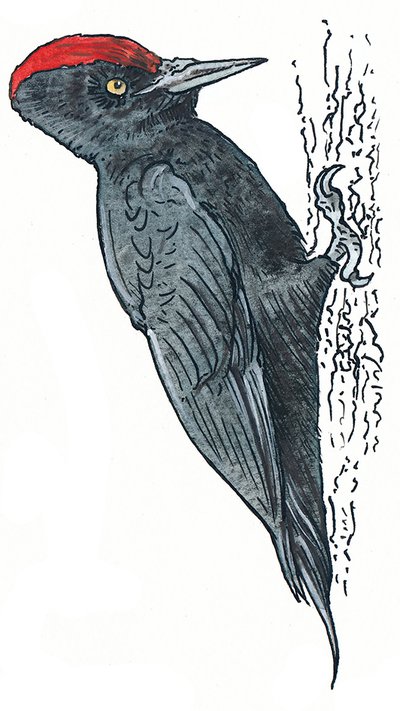
Pic noir  Fauna
FaunaThe Black Woodpecker
It is the largest of the 8 woodpecker species found in France. Originally an exclusively mountain-dwelling species, it now can also be found in the valleys! The Black Woodpecker adapts equally well to deciduous and coniferous forests, as long as they are large enough and have large-diameter old trees and some dead wood left. It is easily recognised by its entirely black plumage enlivened by a bright red spot, limited to the nape on the females and more extensive on the males.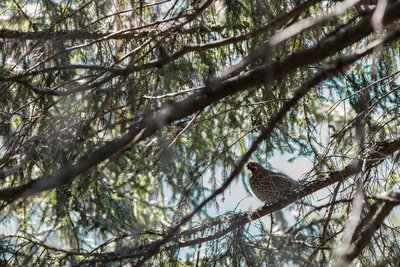
Gélinotte des bois - Julien Heuret - CEN 74  Fauna
FaunaThe Hazel Grouse
This is the smallest and most elusive of the mountain Galliformes species. It is much less well known than the black grouse or the rock ptarmigan because it lives exclusively in the forest! But it is just as important from a biological and scientific point of view: this species is an excellent indicator of environmental change. Its specific requirements in terms of vegetation and variety of tree species put it at risk in the face of poor forest management. This is one of the main causes of the species' decline.
Marmotte - Frank Miramand - CEN 74  Fauna
FaunaWhistly song of a marmot
The Marmot is the favourite food of the Golden Eagle and, to a lesser extent, of the Fox. Always alert, the marmot surveys its surroundings to avoid being caught. Standing upright on its paws, its iconic stance reminds of a candle atop of a chandelier. Thanks to its very wide field of vision and its highly effective hearing and sense of smell, nothing escapes its notice. In the event of an emergency, it warns others with an audible cry: high-pitched and brief in the case of an airborne hazard, whistled and repeated in the case of a ground hazard. And that danger can be you!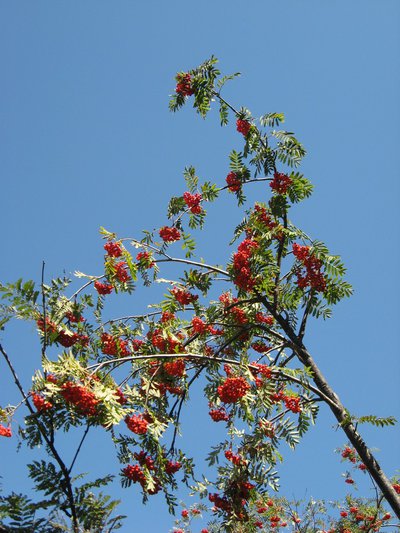
Sorbes - Julien Heuret - CEN 74  Flora
FloraThe Mountain Ash
It is a small tree that grows on the edge of forests. Its fruit, called "sorbs", are orangey red berries that are very popular with thrushes and blackbirds. They can be used to make brandy, jelly, or jam. Just make sure you pick them before they are ripe, otherwise, they may become toxic! In the reserve, the mountain ash is being studied as part of a collaborative science programme designed to measure the impact of climate change in the mountains.
Les Fiz depuis les Ayères - Julien Heuret - CEN 74 
The 'Ayères'
The word "Ahier" originally comes from the Roman dialect for sycamore maple. The terms "pierrières" and "roc" come from the many boulders that formed during the rockslides at Dérochoir, including the one in 1751 that killed 6 people and a few domestic animals. All these cottages were mountain chalets used for farming. Now they are used as vacation homes.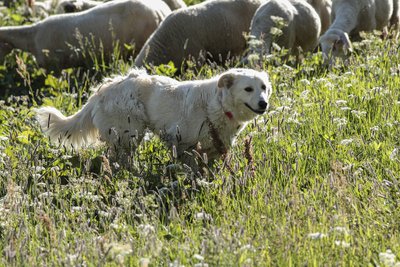
Chien de protection des troupeaux - Geoffrey Garcel - CEN 74 
Livestock guardian dogs
These are guardian dogs, so their use is permitted in nature reserves. They are there to defend sheep and lambs from attacks by large predators, such as wolves. Often large in size, these dogs, known as "molossoids", dedicate their lives to protecting the livestock to which they are deeply attached. When approaching the herd, it is important to remain aware of their attitude and to adapt to it, while following simple instructions: - Keep your distance from the herd (go around it if possible) - Call out loudly to the herds and dogs to avoid surprising them - Stay calm and avoid sudden movements, keep walking without running. Don't hesitate to speak softly to them so that they get used to you and accept your presence. - Avoid looking dogs in the eyes and try to ensure that you always have an object or an obstacle between you and the dog.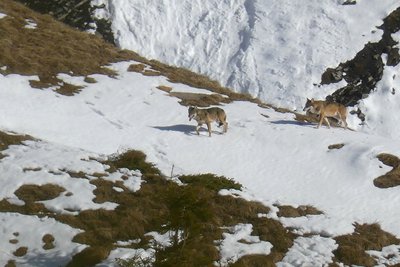
Loup gris - Anne-Laure Martin  Fauna
FaunaThe wolf
Wolves have been making a comeback in France on their own since the 1990s. Originating in Italy, the species first colonised the southern Alps, then the entire Alpine region. Since the summer of 2019, its presence has been confirmed in some of the Haute-Savoie nature reserves, which is why guard dogs are kept around several herds. The wolf is a carnivore. It feeds mainly on wild animals such as chamois and roe deer. But it can also eat sheep, especially when the herds are not guarded. To avoid interfering with the dogs' duties, please follow the instructions!
Gentiane jaune - Julien Heuret - CEN 74  Flora
FloraThe Great yellow Gentian
This large perennial plant, over 1 m high, can be found in meadows, moorland and forest clearings in the mountain and sub-alpine regions. It is used in phytotherapy, but should not be confused with the highly poisonous white alder, which it grows alongside of and closely resembles! The only difference lies in the flowers. Gentian flowers are yellow. Outside the blooming season, you should take a closer look at the leaves. Gentian leaves face each other on the stem, while adler leaves are on opposite sides of the stem.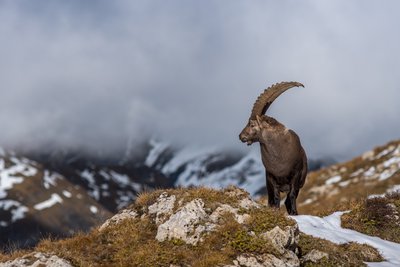
Bouquetin mâle - Julien Heuret - CEN 74  Fauna
FaunaThe Alpine Ibex
This now protected species almost disappeared from the Alps at the end of the 19th century, mainly as a result of hunting and poaching. Successive reintroductions throughout the Alps have helped to increase population numbers, although the species remains threatened to this day. In the reserve, the ibex are monitored to ensure their health and to ensure better management of the species' populations.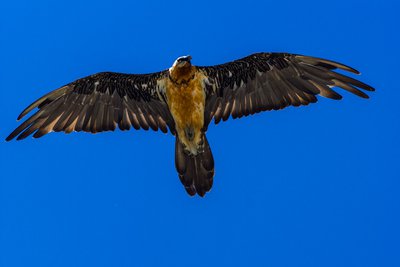
Gypaète barbu adulte - Julien Heuret - CEN 74  Fauna
FaunaThe Bearded Vulture
It's a symbol of our mountains. Just as famous and fragile as the Alps! Almost completely decimated at the beginning of the 20th century, it owes its comeback to the work of passionate and relentless ornithologists. If you're lucky enough to spot one on your walk, you should know that it is the result of the largest animal reintroduction programme in Europe! And don't worry, it's a scavenger that feeds mainly on bones.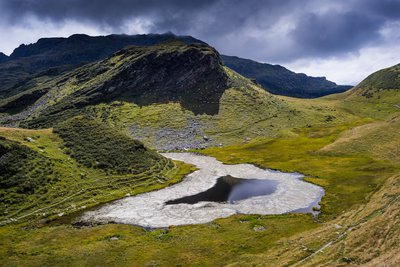
Laouchet pendant l'été - Julien Heuret - CEN 74  Lake
LakeThe shallow ponds of Pormenaz
These small, shallow bodies of water are wrongly called lakes. Here they are called "laouchets", meaning "small bodies of water". These shallow bodies of water are quite biodiverse and are home to a rare and protected species, the Sparganium or the bur-reed. Eventually, these ponds will fill in and become peat bogs.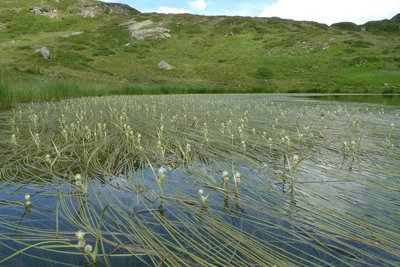
Floraison du Rubanier à feuilles étroites - Julien Heuret - CEN 74  Flora
FloraFloating bur-reef
What you see on the surface of the lake is not a seaweed but a flowering plant with long, narrow leaves that float on the water like shimmering ribbons. The bur-reef lives in the calm, cold, shallow waters of mountain lakes and ponds. Underwater, it has stems filled with nutrient reserves: known as rhizomes. As the lake is gradually filled in with earth, the bur-reef population is expanding by bringing in its stems and withered leaves every winter.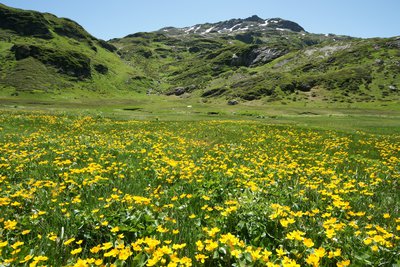
Les tourbières de Pormenaz en fleurs - Julien Heuret - CEN 74 
Bogs
These were probably small bodies of water in the distant past. Here, a peat bog has formed as a result of the water filling in. Archaeological digs around the area have revealed traces of human habitation dating back to the Bronze Age (2200 BC), the Iron Age (800 BC) and Antiquity (52 BC). Thanks to the human-made bonfires and their subsequent radiocarbon dating, we have been able to go back in time.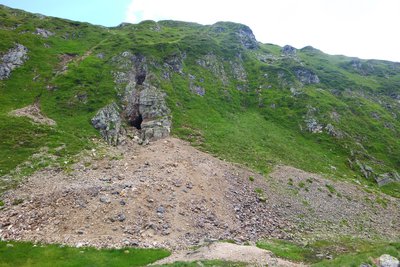
Mine à Pormenaz - Julien Heuret - CEN 74 
Pormenaz mines
The Pormenaz mountain is strewn with mines that were operated from Gallo-Roman times until the 12th century. Silver lead, gold and copper pyrites and antimony were extracted from these mines. Silver and lead were the most sought-after metals. Around 125 kg of lead and 1 kg of silver were extracted from one tonne of ore.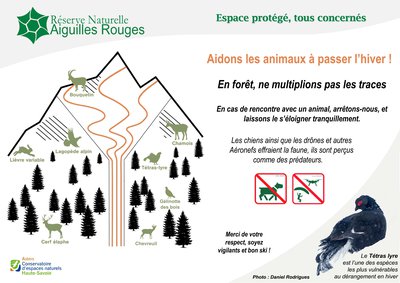
Asters  Fauna
FaunaWhat to do if you encounter a wild animal?
During the harsh winter conditions, animals have no other choice than trying to survive, one day at a time. Our presence on their territory will obviously disturb them, and even frighten them; so let's try to minimize this disturbance: - Stop and wait quietly untill the animal goes away. - Do not shout or make sudden movements which would stress the animal even more. - Do not try to approach it nor follow it.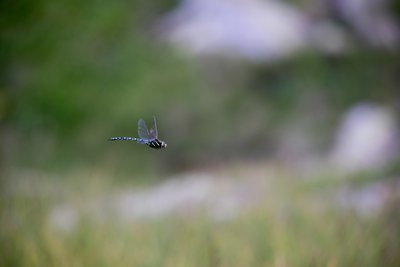
Julien Heuret - CEN 74  Fauna
FaunaDragonflies
Odonates, more commonly known as dragonflies, belong to the insect family. They undergo two stages in their lives: a "larval" phase, which is aquatic, followed by a terrestrial phase, which marks adulthood. Dragonflies are predators: they are carnivores, feeding on different types of prey depending on their life stage. They also prey on other insects. Their habitat is strongly influenced by climatic conditions, and any change will have a major impact on their numbers. The destruction of their habitat, wetlands, is one of the main threats to dragonflies.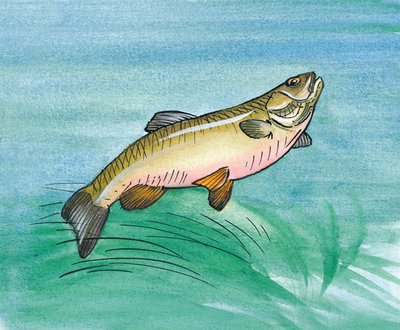
@JLFouquer  Fauna
FaunaThe Common Minnow and the Common Chub
The minnow is very common in highly oxygenated waters. The reason for its presence in high-altitude lakes is that trout fishing is common there. It is used as bait by anglers, which has enabled this species to spread to mountain lakes. The chub is a fairly large fish, widespread in France. It is an omnivore, meaning it eats everything. In many European countries, particularly in Eastern Europe, it is a major culinary delicacy.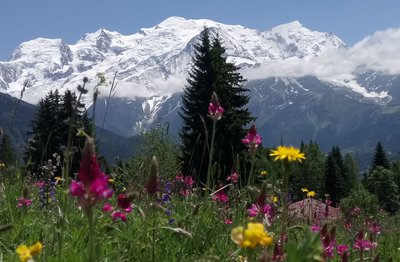
Le Mont-Blanc depuis une prairie fleurie de Plaine-Joux - Lucie Rousselot - CEN 74 
History of Plaine-Joux
From woodland to mountain pasture, Plaine-Joux has not always been a ski resort. Its very name, which means "forest on a flat landscape", bears witness to this. As early as the 1930s, the residents of Passy were enjoying skiing on this site blessed with an exceptional panoramic view. It was around 1965 that it officially became a municipal ski resort. Today, Plaine-Joux remains a popular family resort for skiing, hiking, paragliding... or just admiring the scenery.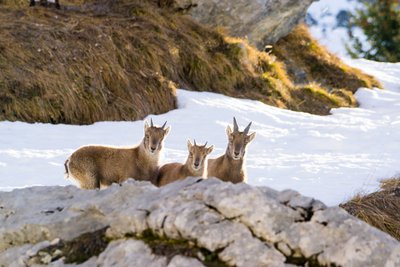
Bouquetins - Julien Heuret - CEN 74  Fauna
FaunaAlpine ibex
The Alpine ibex is not particularly shy, especially compared with the chamois, with which it often shares its territory. Unlike most other mountain species, it remains at high altitudes even when winter and snow are approaching. It then heads for the ridges and snow-free areas where it can more easily find the grasses on which it feeds. This search for food takes a lot of energy. So, if you come across one, don't approach it and let it move away at its own pace so that it doesn't expend its energy unnecessarily, especially in winter.
Description
The Argentières path on the way back is exposed and vertiginous. An alternative descent is available.
- Departure : Maison de la Réserve naturelle de Passy
- Arrival : Maison de la Réserve naturelle de Passy
- Towns crossed : Passy and Servoz
Altimetric profile
Sensitive areas
Along your trek, you will go through sensitive areas related to the presence of a specific species or environment. In these areas, an appropriate behaviour allows to contribute to their preservation. For detailed information, specific forms are accessible for each area.
- Impacted practices:
- Aerial, , Land, Vertical
- Contact:
- Asters - Conservatoire d'espaces naturels de Haute Savoie
contact@cen-haute-savoie.org
Recommandations
The Argentières path on the way back is exposed and vertiginous. An alternative descent is available.
Transport
Bus SAT Mont-Blanc L85
Access and parking
Access to the Passy Plaine-Joux resort via the D43 road. Car park at the entrance to the resort. Bus line L85 (SAT Mont-Blanc).
Parking :
Plaine Joux
Report a problem or an error
If you have found an error on this page or if you have noticed any problems during your hike, please report them to us here:
